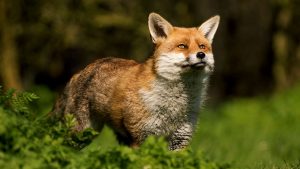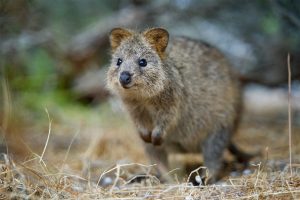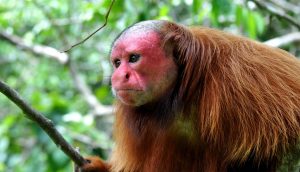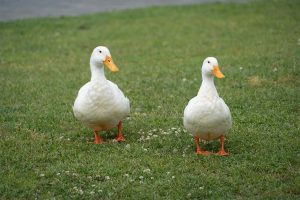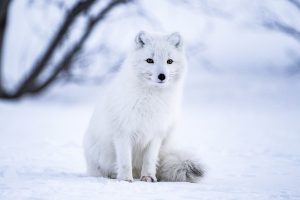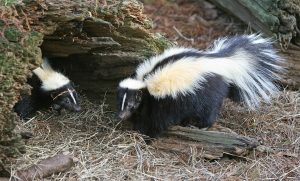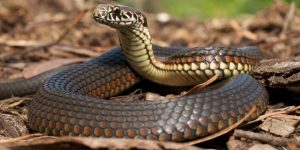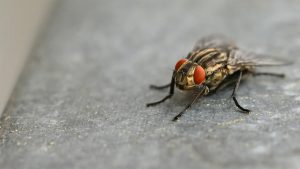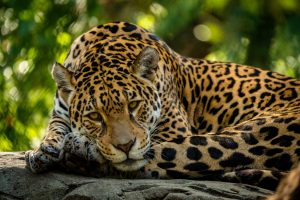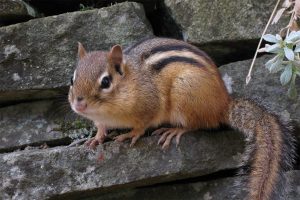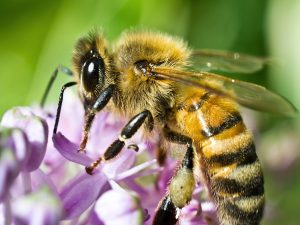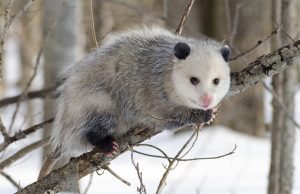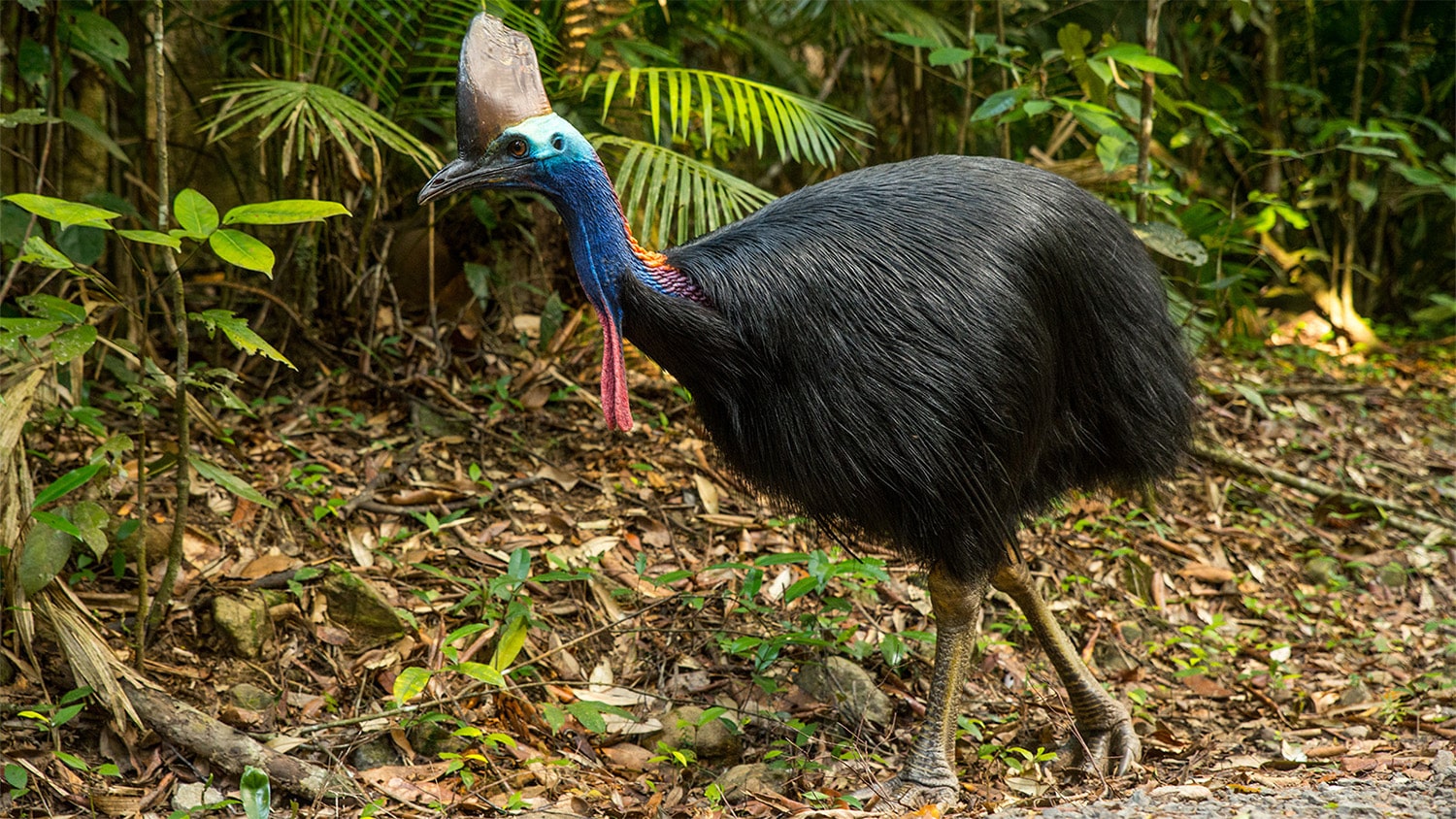
33 interesting facts about cassowaries
- 👁️ 1080
Cassowaries are among the most intriguing and less understood birds in the world. Native to the tropical forests of New Guinea, nearby islands, and northeastern Australia, these large, flightless birds play a crucial role in their ecosystems. Often called “the world’s most dangerous bird,” cassowaries are known for their striking appearance and their shy yet potentially aggressive behavior. They are vital for the dispersal of seeds of many forest plants, thus maintaining the health and diversity of their habitats. Here are 33 interesting and informative facts about cassowaries that highlight their unique characteristics, behavior, and importance to their ecosystem.
- There are three species of cassowaries: the Southern Cassowary, the Dwarf Cassowary, and the Northern Cassowary.
- The Southern Cassowary is the largest species and can weigh up to 85 kilograms (187 pounds).
- Cassowaries are the third-tallest and second-heaviest living birds on Earth, after ostriches and emus.
- They can run up to 50 kilometers per hour (31 miles per hour) through dense forest.
- Cassowaries are excellent swimmers and can cross wide rivers and swim in the sea.
- They have a helmet-like structure on their head called a casque, made of keratin.
- The purpose of the casque is still debated, but it may help in forest navigation or as a display to other cassowaries.
- Cassowaries have very powerful legs that can deliver lethal kicks to potential threats.
- Each foot has three toes, equipped with sharp claws, the middle of which can be up to 12 centimeters (4.7 inches) long.
- Cassowaries are solitary animals and only come together to mate.
- They are frugivores, primarily eating fruits that have fallen to the ground, but they also consume fungi, insects, and small vertebrates.
- Cassowaries play a vital role in their ecosystems as seed dispersers for many rainforest plants.
- The birds are known for their deep, booming calls, which can be heard at great distances in the dense forest.
- Cassowaries can live up to 40-50 years in the wild and in captivity.
- Females are larger and more brightly colored than males.
- The female lays 3-5 large, pale green-blue eggs during the breeding season.
- After laying eggs, the female leaves, and the male incubates the eggs for about 50 days and cares for the chicks.
- Cassowary chicks have brown and cream stripes for camouflage.
- Adult cassowaries are predominantly black, which helps them blend into the shadows of the rainforest.
- They are considered to be among the most dangerous birds in the world due to their powerful kick.
- The cassowary’s native habitat is tropical rainforests, but they can also be found in mangroves and grasslands.
- Habitat loss, vehicle strikes, and dog attacks are the main threats to cassowaries.
- Cassowaries are protected by law in Australia.
- The Southern Cassowary is listed as vulnerable by the IUCN Red List of Threatened Species.
- In traditional New Guinean society, cassowary feathers were used in ceremonial dresses and headdresses.
- Cassowaries are often called “the gardener of the rainforest” because of their role in seed dispersal.
- They have a keen sense of smell, which helps them locate fruits on the forest floor.
- Despite their size, cassowaries are elusive and difficult to spot in the wild.
- They can jump up to 1.5 meters (5 feet) in the air.
- Cassowaries do not have a breastbone, which is why they cannot fly.
- Their closest relatives are the emu and kiwi birds.
- There have been very few documented human fatalities caused by cassowaries, with the most famous incident occurring in 1926.
- Conservation efforts for cassowaries focus on habitat preservation, reducing vehicle speeds in cassowary habitats, and educating the public about these unique birds.
Cassowaries are fascinating creatures that add to the rich tapestry of biodiversity in the rainforests of New Guinea and Australia. Their importance to the ecosystem cannot be overstated, as they help maintain the health and spread of the rainforest. Understanding and protecting cassowaries is crucial for the conservation of their habitat and the countless other species that depend on it. The efforts to conserve the cassowary also highlight the broader challenges and opportunities in preserving our planet’s incredible biodiversity.
